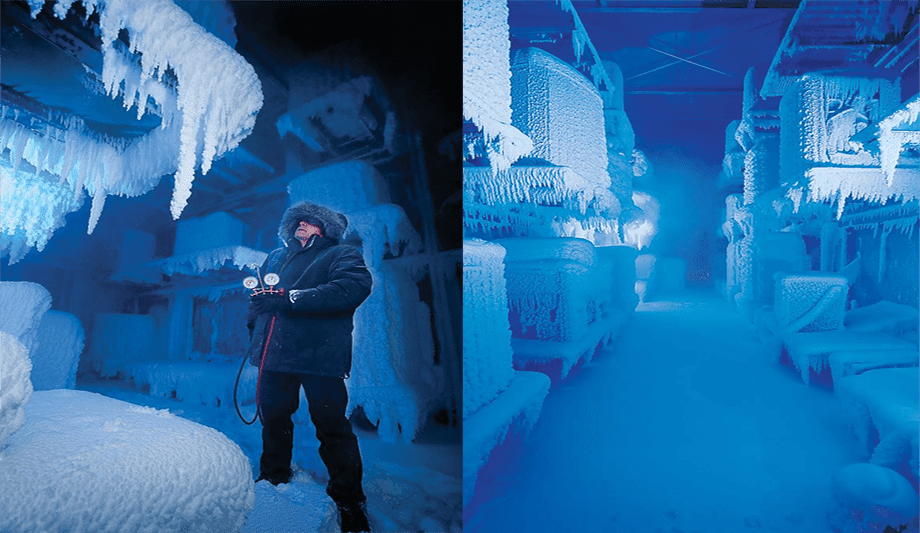Get Tech Tips
Subscribe to free tech tips.
Info For Homeowners About Heat Pump Defrost
Understanding Heat Pump Defrost Cycles: What Homeowners Need to Know
Older Heat pumps may have a bad reputation but newer heat pump technology has been a game-changer for many homeowners, providing efficient heating and cooling throughout the year. But as with any piece of equipment, they have their quirks. One particular aspect that often raises eyebrows is the defrost cycle. Why does your heat pump make weird noises and then appear to steam? Let's delve into the science behind the defrost cycle to demystify this process.
Why the Ice Buildup?
First, let's understand why the outdoor coil gets frosted in the first place.
- Natural Process: As the heat pump operates, it extracts heat from the chilly outdoor air. In doing so, the outdoor coil's temperature drops below the freezing point of water. When this happens, moisture from the surrounding air condenses and freezes on the coil fins.
- A Growing Problem: A light layer of frost is standard and isn't a cause for concern. However, if the frost isn't addressed, it can develop into thick sheets of ice, which hamper the system's efficiency and proper functioning.
The Defrosting Dance
Defrosting is a carefully choreographed dance, orchestrated by the heat pump's sensors and controls.
- Timed Routines: Typically, heat pumps go into a defrosting routine every 30 to 90 minutes of compressor run time when the temperatures require it, with each session lasting between 5 to 15 minutes on average.
- Responsive Action: Apart from these pre-set routines, modern heat pumps are also often proactive. They're equipped with sensors that keep an eye on the outdoor coil's temperature. If they detect excessive icing, they'll kick-start a defrost cycle, even if it's out of schedule. This is called demand defrost.
Signs of the Defrost Cycle
Now, if you're around when the heat pump decides to shake off its icy cloak, here's what you might notice:
- Fan Halts: The fan in the outdoor unit will temporarily stop. This helps the coil to warm up faster.
- Refrigerant Reversal: The refrigerant flow changes direction, making a U-turn. This rapidly warms up the coil, ensuring the ice melts away swiftly.
- Steam Show: As the ice melts from the heated coil, you might see steam vapor rising from the outdoor unit. Don't worry, your heat pump isn't throwing a fit. It's just a warm coil meeting cold ice.
- Cooler Indoor Air: While the outdoor unit is busy melting ice, the indoor blower fan continues to run. However, you might feel the air being slightly cooler than usual. If your system has auxiliary heat strips, they might kick in, leading to a brief, faint burning smell.
- Sounds and Noises: You might hear increased noise from the outdoor unit during this process, often a hissing then grinding sound, a result of the refrigerant pressures changing.
The Takeaway
It's essential to remember that defrosting isn't a flaw in your heat pump's design. It's a feature that ensures optimum performance.
To Recap:
- Expected Icing: A thin layer of frost on your heat pump's outdoor coil is par for the course.
- Automatic Clean-Up: The system has built-in mechanisms to clear this frost, ensuring efficiency isn't compromised.
- Sights and Sounds: During defrosting, changes in fan activity, airflow, and noises are all typical.
- A Sign of Health: If you spot your heat pump defrosting, relax! It's just a sign that your system is working as it should.
So the next time you see your heat pump steaming away on a frosty morning, give it a nod of approval. It's just doing its job, ensuring you stay warm and cozy inside. Please don't call for service unless the unit stops heat completely or if the coil is covered in a sheet of ice.











Comments
To leave a comment, you need to log in.
Log In